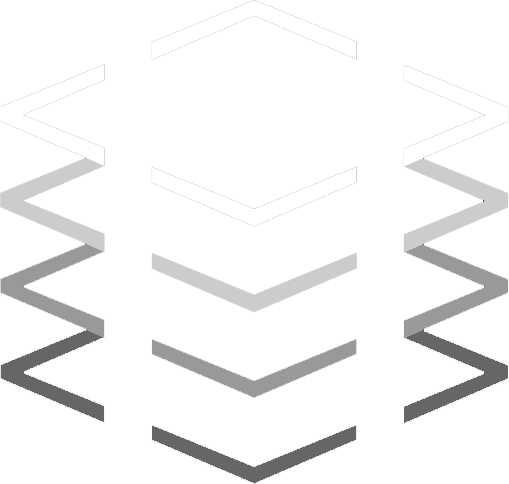What is OASIS for campaign planning?
The OASIS framework for communications planning has gained significant popularity and is being employed by organisations including the Civil Service, universities and standalone agencies. It is designed to provide a simple structure to manage campaigns such as video by employing a narrative that holds everything together using five steps.
1. Objectives
Understand what the role of your communications is for your organisation, and how the activities you undertake intend to achieve this. Ideally, your objectives should measurable, for example, using social media metrics to define numerical outcomes. Engagement is difficult to measure, but using a call to action such as a registration page for further information is an easy and effective method for providing actual data.
2. Audience insight
Whilst it’s easy to target your campaign to “all” of your potential audience, it is more effective to pitch your content at a subset of your customers or stakeholders. Try to ascertain how you intend to influence their behaviours and attitudes, and overcome the current barriers to reaching these groups. If possible, use any research or market data available to you to improve how you define your objectives, and to allow proper evaluation of the campaign.
3. Strategy and ideas
Using the clear objectives and insights into your audience, you may start with a strategy and use this to generate ideas, or conversely, begin with a core idea and then build a strategy around it. Plan the stages of communication and ensure the content is relevant to different points along the campaign.
4. Implementation
With the previous stages allowing a clearly defined approach, setting out how to deliver your communications is a matter of planning resources and timescales for the plan you’ve already mapped out. Seek input from your approved suppliers to understand the practicalities of the content you intend to produce, which will serve as a foundation for provision of their services.
5. Scoring and evaluation
Monitor the effectiveness of your outputs and the resulting outcomes, preferably using the metrics set in your objectives. Compare your inputs, i.e. costs, with your total reach, and calculate results such as the cost per registration. If possible, look for ways of identifying behaviour change and other tacit/qualitative data to round out your evaluation.
Review and refresh
Using your findings to influence your next campaign is straightforward, but consider investing resources into reporting these to others within your organisation. By using the OASIS framework throughout a campaign, you will have generated hugely valuable insights that can provide benefits for many projects to come.
Find out more
Dan Waters runs Adarak, a Leeds-based provider of professional and affordable videography, photography and aerial footage. We’re here to help you turn your ideas, products, and case studies into something you’ll be proud to share.



